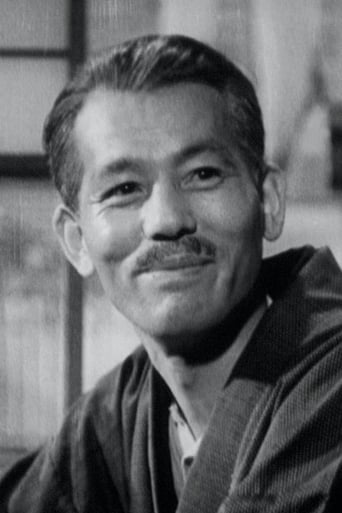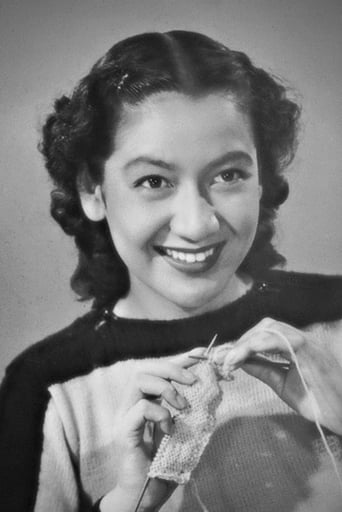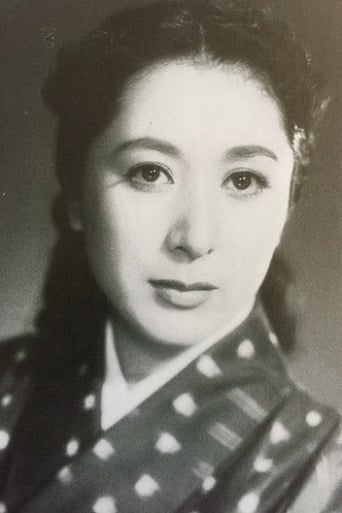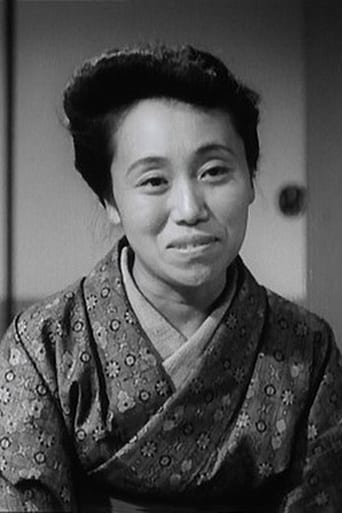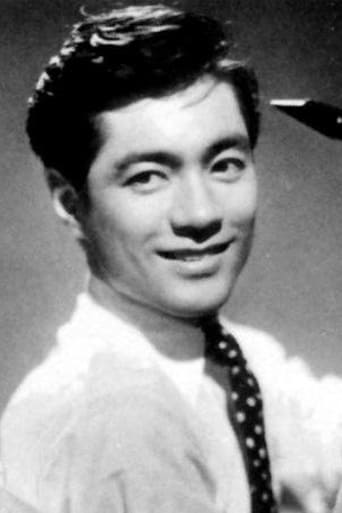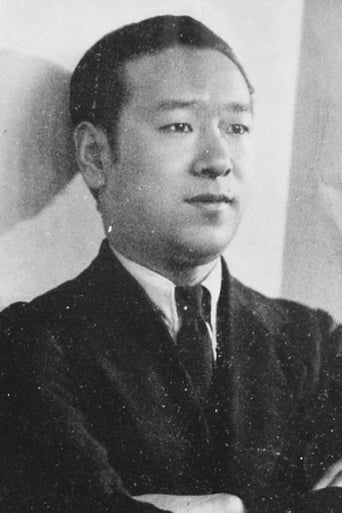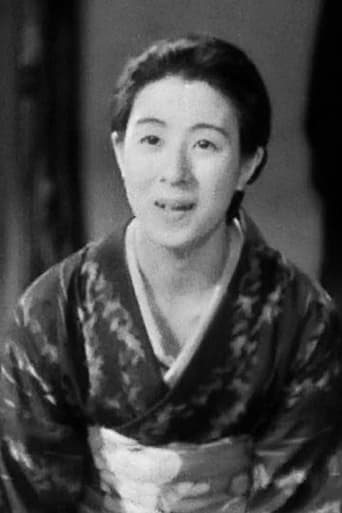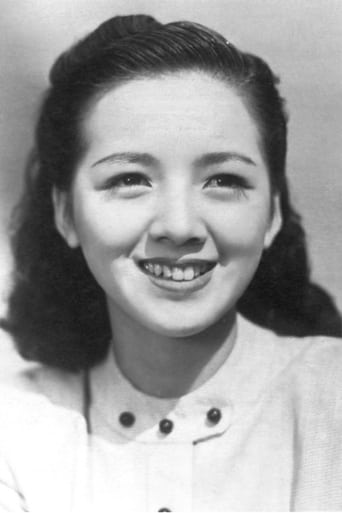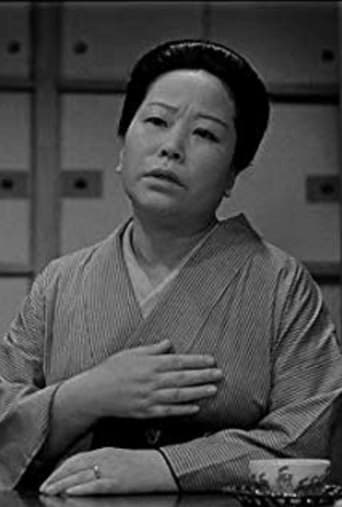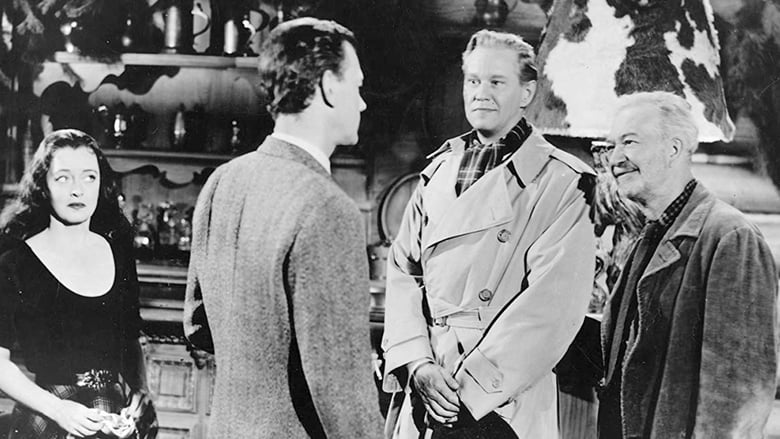Noriko is perfectly happy living at home with her widowed father, Shukichi, and has no plans to marry -- that is, until her aunt Masa convinces Shukichi that unless he marries off his 27-year-old daughter soon, she will likely remain alone for the rest of her life. When Noriko resists Masa's matchmaking, Shukichi is forced to deceive his daughter and sacrifice his own happiness to do what he believes is right.


Similar titles
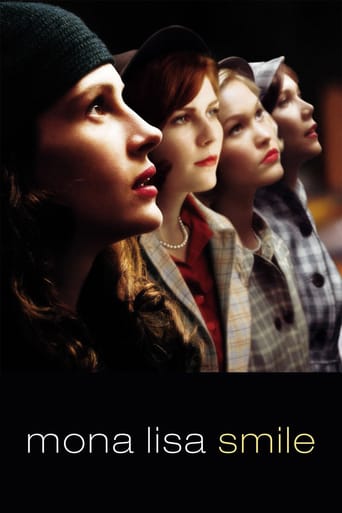
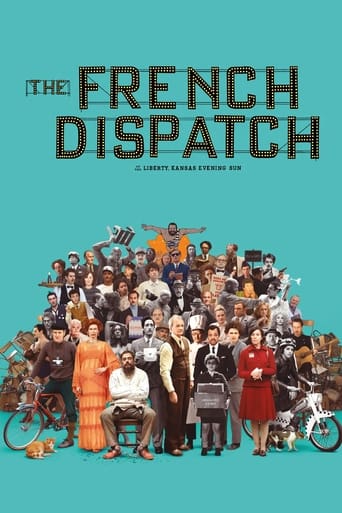


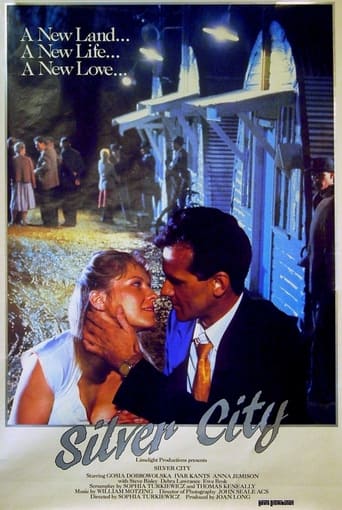
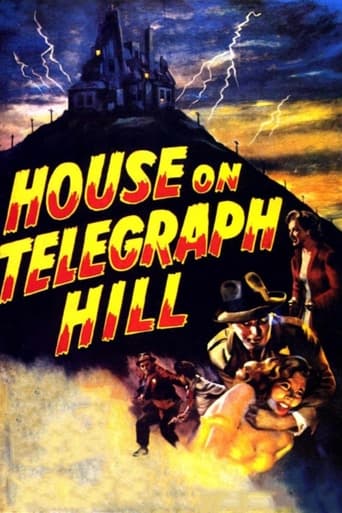
Reviews
Ozu by now had reached a sublime maturity in his eye. This flew in the back of two decades of film work of course, it's why I think Ozu continued in the silent format longer than his peers, slowly evolving that eye. The achievement is not in any impeccable composing he does, I'm not interested in an aesthetic look of him. I'm for looking for images that vibrate with a more fleeting sense of life that hides in them, that Buddhist nothingness or nonself that is Ozu's gravestone message (the ideogram "mu" is inscribed there).The film is all about the inevitable necessity of having to go, about separation and stepping out on your own for the long journey of life. In a slightly different context it would have been about death. Here it's marriage, the daughter having to abandon the idyllic childhood home where she lived with her father for so long and open up to the world.I'll keep with me two marvelous scenes that encapsulate this: at the shrine near the end where father and daughter are waving to each other from opposite banks of a stream, and back in their room as they pack up their things and prepare to go, it's as if a last farewell is understood, quietly hanging in the corner of the room. All you need to know is right there in these scenes, powerfully conveyed with resonance, each one a parting memory.On the other hand a forward-looking sense about the future is missing in the girl, an even mildly curious excitement as ambiguous counterpoint to the sadness, something constructive about the journey ahead. Leaving her simply crushed and resigned that she must go gives me a somewhat unpleasant sense, an almost neurotic childishness in the character. Here I encounter again Ozu's persistent flaw from previous films, made all the more obvious because he is so refined by now in every other respect. The realization of why she must go doesn't spring from inside, it does not dissolve visually in the air. It comes in a long instructive speech by the father. Ozu's eye is clear, the story is lucid flow. But the deeper point is resolved as ordinary drama, from the outside.This makes me all the more curious about his next films in this his more celebrated period. These flaws are interdependent, inner realization in the story and wholly cinematic brushstroke from it. Both are a matter of meditating, of embodying the insight rather than saying it out loud. So it might be that this is only the first step of a larger journey about a character like Noriko, that Ozu grows himself as he looks to sculpt a more effusive insight about being. The titles of some of his later films imply a connectedness. I pick up the thread there.
The director, Yosujirô Ozu, had a reputation for never moving his camera. I didn't notice movement in "Tokyo Story" but wasn't looking for any. This time I tried to keep track of any camera movements, not including source motion, as when the camera is fixed to a moving train or a bicycle. I only counted one. For a few seconds, Ozu's camera trundles along behind a couple riding bicycles down a lonely road. There are times when the camera remains stationary after the actors have left the screen. I began to wonder if maybe Ozu didn't know HOW to move the camera in a mechanical sense, hand-held, dollies, and so forth. But then I recalled that in Peter Yates' "Bullet" there was only one dissolve, and all the rest of the editing consisted of cuts.Okay. So it's a matter of personal style. And I'll take this opportunity to advise anyone who enjoys movies like "The Bourne Ultimatum" to avoid "Late Spring" at all costs. If they were to try sitting through this movie -- a little grainy, in black and white, with Japanese subtitles, subtle, and an immobile camera -- the results might be tragic. They should remember that a person in shock should be placed in the Trendelenburg position with the feet elevated between 15 and 30 degrees above the head.The movie? Oh, the movie. We get to meet a beautiful and expressive Japanese woman of twenty-seven years (Hara) who lives with her fifty-six year old father (Ryû) and takes care of him. She's perfectly happy with the arrangement and so is her father, until a relative suggests that a marriage be arranged between a nice young man and Hara. Being married when you're almost thirty is rather a late spring.Well, Hara has a smile that lights up a room and a nature that complements it. But when her father brings up the prospect of marriage, her face falls and her animation bleeds out of her. It isn't so much that she doesn't want to be married. It's that she desperately wants to continue living with Ryû. He can't care for himself. "He burns his rice." Carl Jung would introduce the Electra complex at this point but I think we can safely skip it.She and her father take a vacation to Kyoto, where we see some impressive scenery, man-made and natural, which resemble picture postcards, given the immovable camera. Father and daughter have a long talk and Ryû, whose conversation so far has mostly been limited to "Hmmm", which carries several meanings, tells her that happiness is the result of time and effort, that he didn't love her mother when they were married, and that in fact he's decided to marry a woman who is an acquaintance himself, so Hara has nothing to worry about. She still has doubts but now she has hope too.But Ryû has lied to her. There is no marriage in his future. The young couple are married and leave. After the reception, Father has a few cups of saki and walks home. Sitting alone in the now quiet house, he begins to peel an apple. It's a long, single peel that finally drops to the floor, bringing back some jokes that Hara used to make about not being able to slice pickled radishes. Ryû sits for a moment before dropping his gaze. It's a touching moment because, for the first time, we realize how much unspoken love he felt for his daughter, how much he will miss her presence, the weight of his sacrifice, the bleakness of his own future.All of which goes to demonstrate that you don't need to wobble the camera around in order to make a gripping film.
"Late Spring" is Yasujiro Ozu's stunningly poignant portrait of a 27-year-old daughter who lives with her 56-year old father in post-World War II Japan. A film with a deeper meaning than its simple story implies, "Late Spring" is like the neorealist version of Japanese films, in that it tells a story larger than life with few but memorable characters.Another spring comes to a little town not far outside of Tokyo, Japan. At the same time another woman is getting married and Ozu opens up with a marriage ritual with beautiful women garnered in kimonos as the ceremony unfolds. Outside the wind gently blows and sways the leaves and trees back and forth. The flowers are in bloom. Ozu makes it clear that marriage is not just a ritual but a tradition like the seasons.The central character is Noriko, a 27-year old unmarried woman who lives by her father's side. She knows him just as well as he knows her, and Ozu creates a humble home environment through their natural interactions. "I'm home!" Noriko will announce. "Have you had anything to eat yet, Father?" Noriko, we discover, not only feeds and cleans and cares for her father but occupies a very important hole in his life. This is more than a father and daughter relationship but one that thrives without a mother figure. Ozu never reveals the cause of her death, but this is a daughter without a mother and a husband without a wife. For that, they are inexplicably bound.Noriko's Auntie always attends the nuptials and sees it as the time for Noriko to be married. She cannot be blamed for this. The Aunt, a widow herself, is a woman bound by tradition and thinks if her niece avoids marriage any longer her chance of a fruitful, wholesome life shall be tainted (hence, late spring). The Aunt almost urgently wants Noriko to marry. For Shukichi, the father, letting go is a little harder.Noriko is unmarried but not without a social life. On weekly commutes to Tokyo she meets up with Mr. Onodera, a family friend. Often, they'll window shop together and finish with shots of sake while Noriko gently but wittily quips about Onodera's second marriage. Noriko is also friends with Mr. Hattori, her father's young work assistant. Hattori could be a potential husband, and they get along fine biking down the beach together, except Hattori is engaged to be married and that's the misery of it.Lastly, there's Noriko's friend, Aya, who came from the same educational upbringing but married earlier in life. Aya has experience which is not so much an advantage over Noriko but something more to talk about. "I don't want to get married," Noriko says and Aya is appalled. Aya argues her divorce only made her stronger. Noriko sees this as a weakening of the human spirit.Setsuko Hara, who plays Noriko, is not only a beautiful woman but a fine actress. She smiles ear-to-ear throughout the picture and it's amazing that somebody could look so happy. Only when there's talk of marriage does that smile begin to dissipate and Noriko ruefully laments she'd rather have an eternity with her father. "You don't find happiness," her father says. "You create it." Marriage is unique because for every bond that's joined another is broken. "Late Spring" testifies to that, and it tells it so well, without superfluous sentiment, that the result is a picture so compelling it touches the deepest corners of our hearts.
As in the films of Bresson, to Ozu the purity of style always coincides with an uncompromising moral perspective. He never lets his characters nor his audience get away from a profound dilemma with an easy answer. Thus, Ozu's films are always veritably life-enhancing, exhaustive, in the word's most definitive meaning. In "Late Spring" Ozu's mature, extremely laconic style is at its most developed before his subsequent films in which he went to define it even further. The movement of the camera is precisely considered; it is often positioned approximately one meter from the ground, and often left to explore the space long after the action has taken place. The lingering narrative of "Late Spring" fits very well for Ozu's understated poetry which encapsulates his whole vision of humanity and the world. The impressionistic picking of details in the aesthetics triggers associations to various thematic contrasts, such as infinity and insularity, but in addition to such stylization the film bears a striking resemblance to Italian neo-realism with its documentary-like observations and dark visual tones. The quiet emptiness of the beginning shots -- the essence of Ozu's poetics -- and their atmosphere remain as an echo in all of the scenes of "Late Spring" where there are no superfluous images. In his unique style Ozu has set the rhythmic pace for the junctions of the scenes with brief shots of nature that seem to express the transience of life; the importance of moments; and their absolute beauty. Once again Ozu deals with the theme of collision of generations as people must ponder responsibility and freedom with regards to tradition and family. Not surprisingly, the film has no black and white solutions to offer. Ozu's honest pessimism, his Chekhovian wisdom of life; and Buddhist acceptance merge together in the beauty of his aesthetics. At its heart, "Late Spring" is one of his most profound meditations on happiness, its pursuit, limits, nature and impossibility.When it comes to the story or narrative of "Late Spring," it is vital to discuss inner drama. For this is truly a film about characters who cannot express themselves, their true desires and wishes. It is to them whom Ozu gives his silent and tender interpretation, understanding their deepest experience of existence. In this sense, "Late Spring" can be seen as a universal tragedy of the difficulty of expressing oneself; of revealing one's innermost emotions and dreams.


